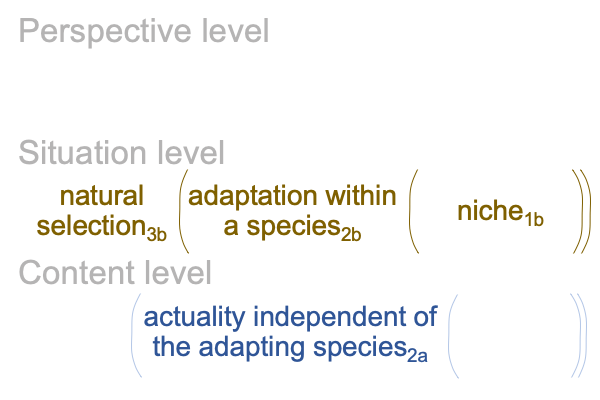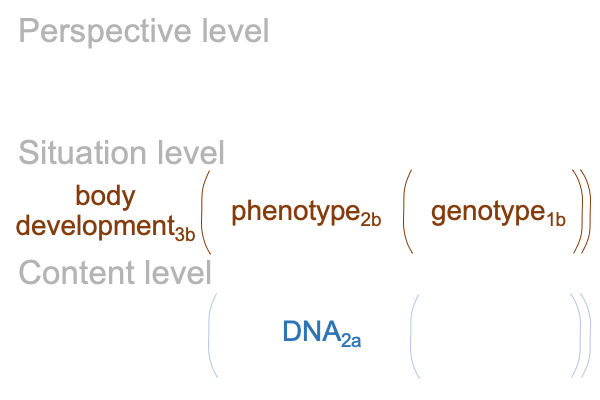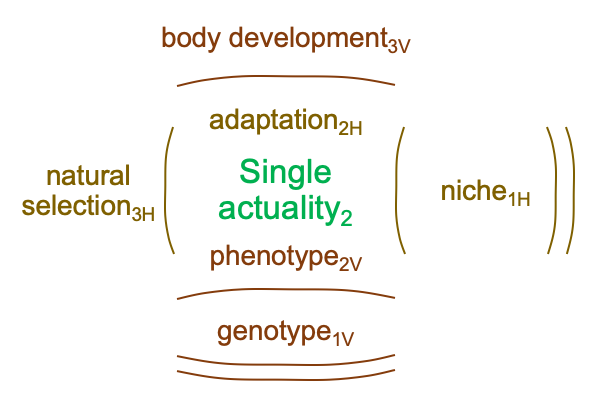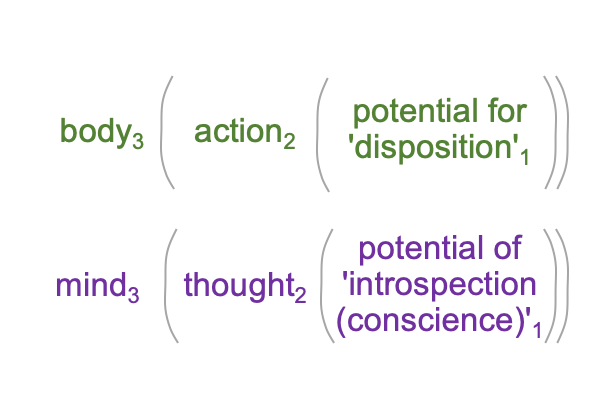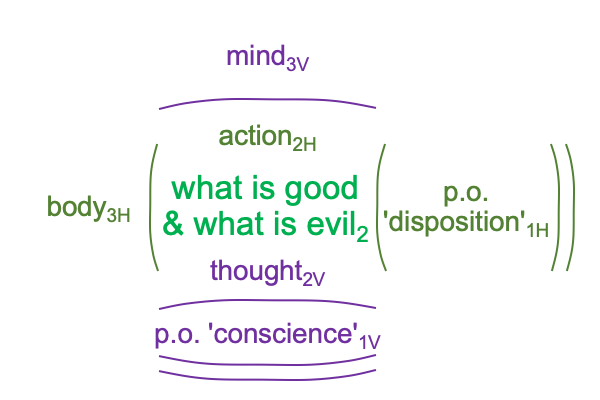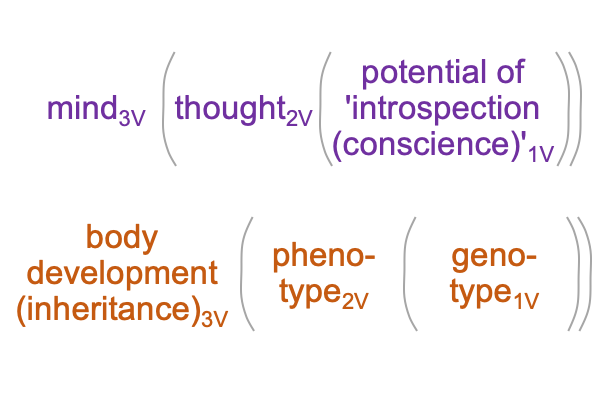Looking at Dennis Venema and Scot McKnight’s Book (2017) “Adam and the Genome” (Part 2 of 22)
0008 Adam and the Genome divides into two parts. Each part is about 100 pages long.
0009 In the first half, Dennis Venema, a biologist versed in genetics, lays out the case for the impossibility of a bottleneck in human evolution. Adam and Eve cannot be the first anatomically modern humans.
In the second half, Scot McKnight, an evangelical theologian familiar with ancient Near East literature, lays out the case against a historical Adam. No early Jewish or Christian writer, including the preacher Paul, regarded Adam and Eve as the biological ancestors of all humans, the parents of the species, whose DNA is sown into all living human beings.
0010 By “early” I mean before Augustine (around 400AD). McKnight does not elaborate how Augustine wrote the dramatic script calling for a historical Adam who is literally the father of all sinners.
Augustine’s script has been performed on stage for over one and one-half thousand years. What a run.
0011 The current examination separates the two halves. I consider each half in a very different manner.
0012 My metaphor goes like this: Each half is like a curtain, lowered in order to conclude the continued enactment of Augustine’s drama.
0013 Evangelicals have seen the play a thousand times. Eve is called “the mother of all living”. The serpent fooled her. Adam went along. Then, they had children, spreading their fallen natures to us all.
No wonder Evangelicals yearn for a biological historical Adam, a literal father of all living, that will prove the so-called “rational” BG(il)L zealots wrong. They know Augustine’s play by heart. Why can’t the show continue?
0014 Venema and McKnight theatrically lower these two curtains, one on either side of the stage.
They declare, “The play cannot go on. There is no biological historical Adam and Eve, from which all human DNA descends (with modification). Plus, the Genesis stories are similar to the literature of the ancient Near East. The Bible must be read in context.”
0015 Ah, but God’s grace is like a diva. If she cannot be on stage, she will take to the curtains. Read these comments and you will see. The curtains come alive.

